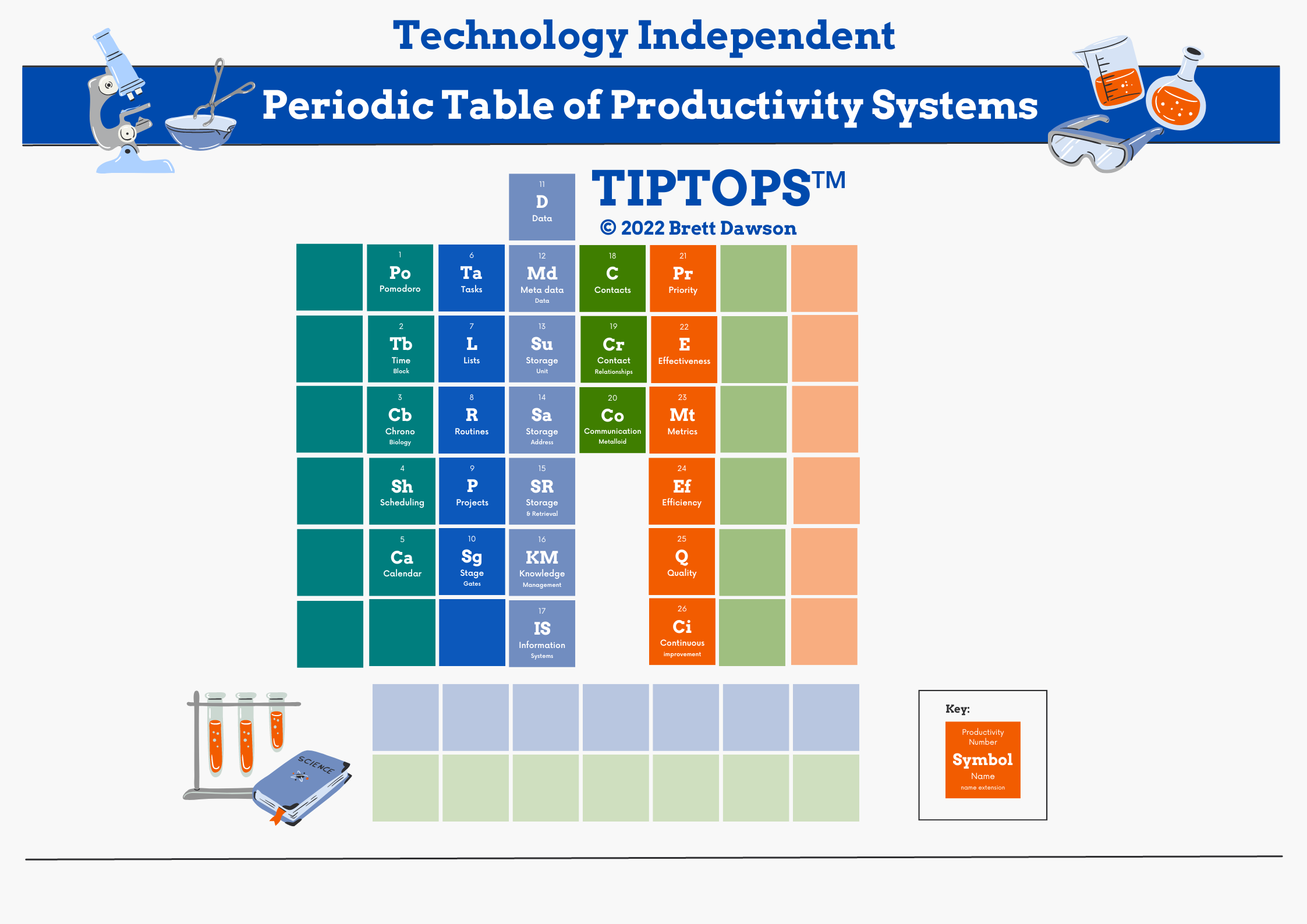How to diagnose the root cause of problems
If you’re struggling with time and task management and feeling overwhelmed then it may be worth stopping to figure out what the problem is so that you can find a solution. However, finding solutions to problems isn’t always easy. In this article, I describe how to diagnose problems and how this applies to understanding time management problems.
Diagnosing time management problems
If you’re struggling with time and task management and feeling overwhelmed then it may be worth stopping to figure out what the problem is so that you can find a solution. However, finding solutions to problems isn’t always easy. The universe is complex and made up of layers of systems all stacked on top of each other and it’s the same with problems – problems can be complex and layer on top of each other in such a way that the real reason for the problem is hidden under other things that look like reasons.
The first step to finding a solution to a problem is to do some analysis of the nature of the problem. This is a type of diagnosis, similar to how a doctor would collect evidence in order to figure out what ailment you have so that they can prescribe an appropriate treatment. The problem with problems is that they don’t have obvious solutions. The real problem is understanding the real reason for the problem or going back to what engineers call the root cause.
How to diagnose the root cause of your time management problem
Most problems manifest as symptoms that are consequences of other things. One problem can have consequences that create other problems in the way dominoes knock each other over. So digging into the root cause of a particular problem requires some systems thinking and a deeper and more protracted analysis. One technique to dig deep and achieve this is to ask the “5 Whys” where each ‘why’ digs deeper into the cause-and-effect chain to reveal potentially hidden causes. You can always do this by yourself if you have the time and patience but it’s the difference in perspective that someone else offers that can help to uncover your blind spots.
Use objectivity
The next step is to get an objective view of the problem. If you’ve walked through a forest before you’ll know how difficult it is to see beyond a few trees and get a big picture or a ‘helicopter view’ of your surroundings. The best way to get an objective view of your problem is to ask someone else to help you with an ‘outside’ perspective. The more knowledgeable that person is the more informed and helpful that opinion will be.
Put things into context
Next, you want to understand the context of the problem. As my friend, Albert Einstein, realised in his physics problems- everything is relative. Information only makes sense within the context of its relative position to other information. Data transforms into information by being structured. Context is a type of structure. When you add more context and structure you transform information into knowledge. This is where frameworks help to put information into context. I’d like to introduce you to two frameworks that I believe are essential for analysing time management problems. One is the concept of just-in-time management and the other is the Pareto principle.
What is just in time learning
When you’re struggling to find time to get things done the last thing you have time for is a training or coaching course on time management. So you need a different approach. The best way to solve this problem is to use a management technique called just-in-time. It’s a management-by-exception approach addressing problems as they occur in real-time. This idea originated in the Toyota productivity improvements where stock levels were seen to be a form of waste and took up space and cost money. By bringing raw materials or intermediate products in at the last minute (or just in time) it was possible to reduce the inefficiencies associated with large piles of stuff lying around that wasn’t being used. Transferring this principle to learning, what’s the use of doing an entire time management course when all you might need is one or two key skills that are missing from your skill set? If you can provide the right information at the time then you save yourself lots of time.
Use the Pareto principle
Fortunately, you will most likely find that most of your problems (approximately 80 percent) are caused by a small number of core or vital issues (approximately 20 percent). This is the power of the Pareto principle, also known as the 80-20 principle. The phenomenon that many things in the world seem to work like this was first observed and documented by an Italian polymath named Vilfredo Pareto, who identified this as a statistical power law distribution while looking at income distribution and land ownership. Later, the management consultant Joseph Juran expanded the concept in the context of quality control and improvement techniques. What better way to make a significant improvement than to identify the vital few things that are the cause of all your problems?
In my opinion, the reason this works in the time management space is that time management techniques build on top of each other like bricks in a wall. If one brick is missing the other won’t work well. If you can acquire your missing brick and put it in the right place and you can then complete the wall and get your time management house in order.
Chemistry analogy
It’s a bit like finding the missing catalyst that can get your reaction going. You want to see achievement fireworks but it’s not going to happen unless you have the right mix of chemical ingredients. If one chemical is missing the reaction is not going to take place. Using this chemistry analogy I have developed a periodic table that classifies and categorises the various time management and productivity elements. If you’re not into chemistry then think of it as different types of building blocks or bricks.
Once you’ve identified your time management problem you’ll be in a position to implement just-in-time learning to solve it. The framework I have developed to help identify time management problems is called TIPTOPS, which is an acronym for the Technology Independent Periodic Table of Productivity Systems.

“The real problem is understanding the real reason for the problem or going back to what engineers call the root cause.” – Brett Dawson




